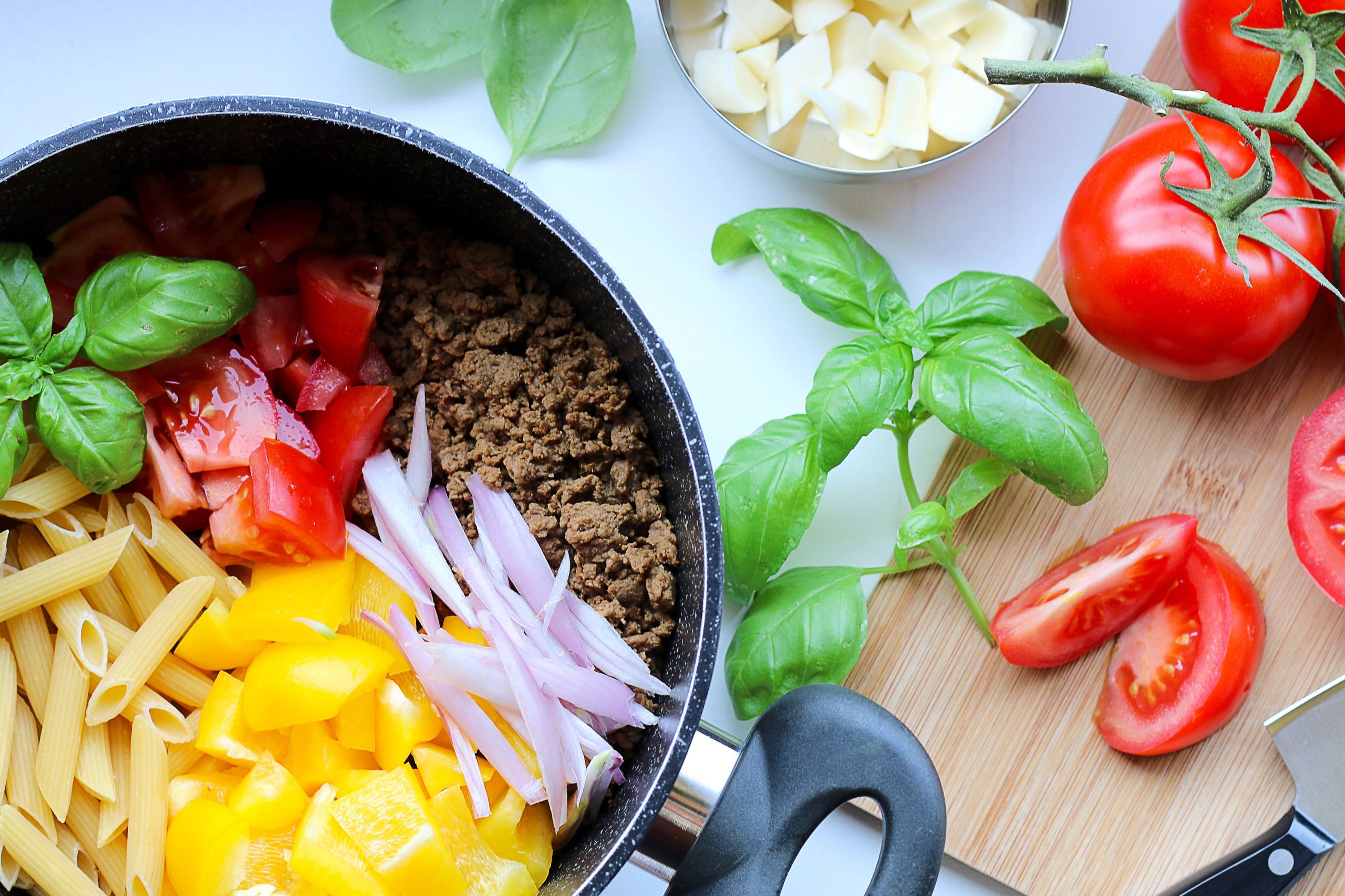What To Do If You Lack Muscle Mass
Lacking muscle mass isn’t just an aesthetic problem. It can also lead to significant and unwanted health issues.
For instance, a lack of muscle is associated with sarcopenia or age-related frailty. People who don’t have sufficient muscle in their legs and hips are at significantly higher risk of falling over and collapsing.
Lack of muscle is also an issue for insulin resistance and diabetes. Muscle is one of the most metabolically active tissues in the body and essential for mopping up excess glucose. Unfortunately, when a person lacks muscle, they don’t have the same metabolic “sink,” making it more likely that glucose will build up to unacceptable levels.
Finally, a lack of muscle can leave you feeling weak and tired. You may struggle to carry groceries from the car or lift up your children.
The trick here is to build more muscle. Adding more muscle to your frame won’t automatically make you look like a bodybuilder, but it will give you a better shape and increase your performance and stability. After a few months of training, you should notice tremendous changes in your appearance and how you feel.
So how do you build muscle and what do you need to do if you lack it? That’s what we’re about to find out. Here’s everything you need to know:

Nail Your Diet And Nutrition
The most essential element of building muscle mass is diet and nutrition. Gaining extra muscle requires consuming more energy than your body burns.
Therefore, make sure that you eat enough. If you want to gain muscle, you will need to put on some weight.
You should also up your protein intake if it is low. Eating the maintenance level will prevent your muscles from growing and may even make you feel tired and lethargic after you train because you don’t have sufficient resources to recover.
With that said, you don’t need as much protein as you might imagine. Aim for 1 gram per kilo of body weight, and get the majority of it from plant sources, like beans, to protect your long-term health. If you notice you aren’t gaining muscle, you can experiment with increasing intake beyond this point.
You’ll also need to include plenty of healthy whole-plant foods, like nuts, seeds, fruits, and vegetables in your diet. Avocados and fatty fish may also support healthy muscle growth. These foods provide the raw ingredients you need to build new muscle and repair existing damage. Fruits and vegetables can help prevent delayed-onset muscle soreness, keeping you more comfortable throughout the week.
Do Strength Training
The next step is to perform strength training in conjunction with your new dietary regime. The two in combination is what yields results in 90% of people.
Make sure that you do compound movements involving multiple muscle groups. These have the most significant hormonal effect, encouraging growth.
The best movements are:
- Rows
- Squats
- Deadlifts
- Pullups
- Chest presses
During training, ensure you drink enough water to power your exercise. Also, ensure you make your weight sessions challenging. You want to operate close to your maximum to stress your muscles sufficiently to get them to grow.
You should also go to the gym long-term. Regular sessions are how you will build the most mass.

Take Supplements
While strength training and diet can produce decent results, supplements can enhance them further. Creatine, BCAAs, and a multivitamin can all help support muscle growth and improve performance.
You might also want to experiment with alternative compounds. For example, MK 677 before and after pictures can be dramatic.
The reason these supplements are effective is because they shift the body into a different mode. Instead of focusing on breaking down muscle for energy, these encourage the body to loosen its grip on its hypertrophy-preventing mechanisms, allowing full muscle growth to unfold.
Rest Properly
If you’re looking to build muscle, you should also rest properly after an intense training session. Ensure you get the recommended eight hours of sleep (or thereabouts) and that you take days off from training.
Resting can involve some activity if you want, but it shouldn’t be hard lifting. Your muscles and nervous system need time to grow and adapt. If you keep pounding your muscles in the gym day after day, they won’t have the chance to grow bigger, and they could even get smaller.
Get Some Help
Finally, get someone to help you if you are struggling to build muscle mass. Trainers can point you in the direction of the best techniques and training routines.


